
|
|
|
| synonym |
|
| description |
A smaller member of this genus. Females are pale green to yellowish with a moderately elevated pronotum. Males are smaller than the females, with a less elevated pronotum. Male's pronotums are a deep black, polished color with a couple pale transverse bands; the extreme tip of the pronotum is brown. The head is a chocolate brown color with some black. The underside of the body and the legs are a dull red color. Males are 4 mm long, while females are 5 mm. See here for images of pinned specimens. (Kopp & Yonke 1973) |
| distribution |
Eastern and central North America, at least as far west as Utah (Kopp) |
| abundance |
Several records from the Piedmont and Coastal Plain. Seasonal distribution: 3 May-10 June (CTNC) |
| seasonal_occurrence | |
| habitat |
Where oaks are present. |
| plant associates |
Quercus falcata, Q. marilandica, Q. stellata (CTNC) |
| behavior |
To listen to the male courtship call for this genus, listen here. These courtship calls are not audible to the human ear, and the calls here are produced by recording the substrate vibrations that the treehoppers use to communicate through the plants themselves. The recorded call is then amplified so that it is now audible to human ears. Research has shown that treehoppers use vibrations to attract mates, to announce the discovery of a good feeding site, or to alert a defending mother to the approach of a predator (T.IM) . |
| comments |
|
status |
[Native:]
[Introduced:]
[Extirpated:] | | list_type |
[Official:]
[Provisional:] |
| adult_id | Unmistakable and widely known Identifiable from good quality photos of unworn specimens
Identifiable from photos showing undersides, or other specialized views [e.g., legs, face]
Identifiable only by close inspection of structural features or by DNA analysis NULL |
| nymph_id | Unmistakable and widely known Identifiable from good quality photos, especially where associated with known host plants
Identifiable from close inspection of specimens or by DNA analysis
Identifiable only through rearing to adulthood NULL |
| G_rank |
|
| S_rank |
|
| rank_comments |
|
| tribe |
Smiliini |
| subgenus |
|
Species Photo Gallery for Cyrtolobus inermis No Common Name |
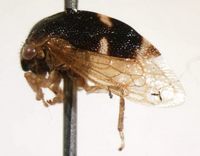 | Photo by: Matthew S. Wallace
Out Of State Co.
Comment: |  | Photo by: Cricket Raspwt
New Hanover Co.
Comment: Attracted to 395 nm moth light |
 | Photo by: Cricket Raspwt
New Hanover Co.
Comment: Attracted to 395 nm moth light |  | Photo by: Cricket Raspwt
New Hanover Co.
Comment: Attracted to 395 nm moth light |
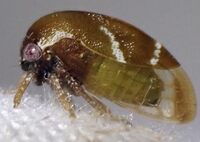 | Photo by: Cricket Raspwt
New Hanover Co.
Comment: Attracted to 395 nm moth light |  | Photo by: Cricket Raspwt
New Hanover Co.
Comment: Attracted to 395 nm moth light |
|

 »
»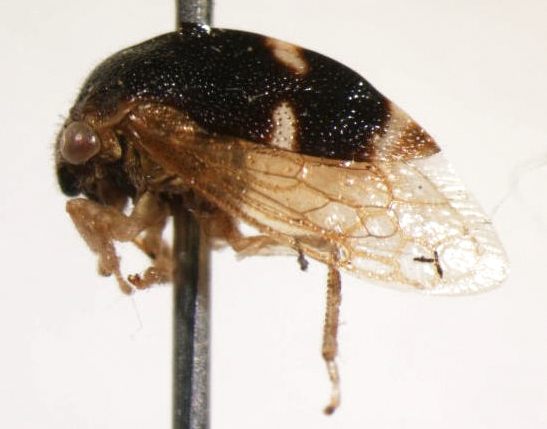
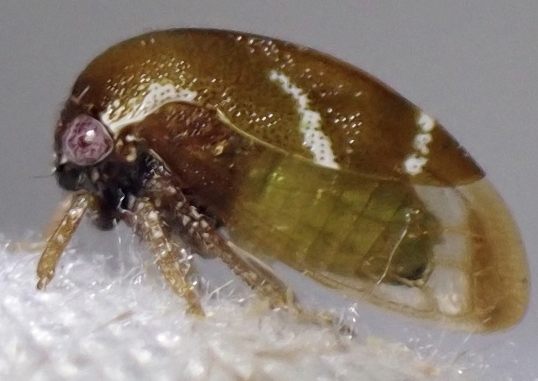
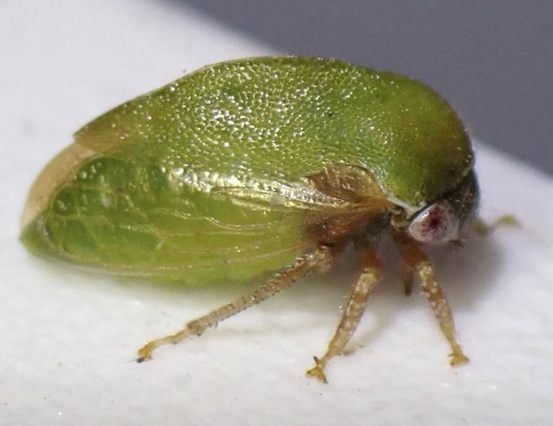

 »
»

